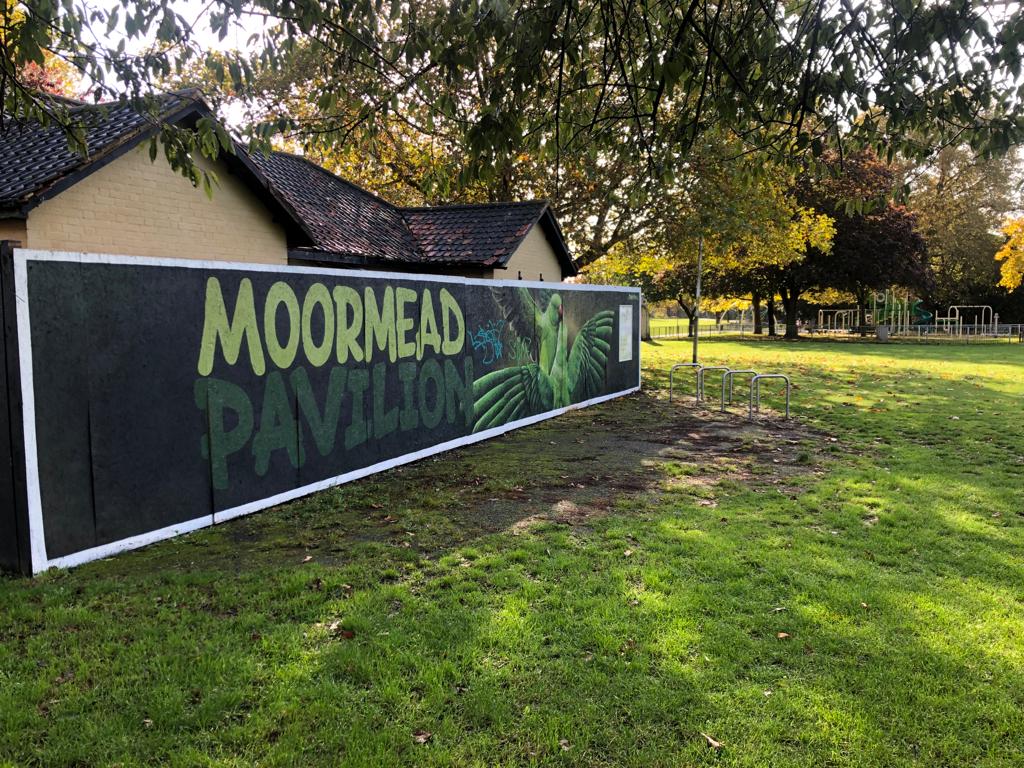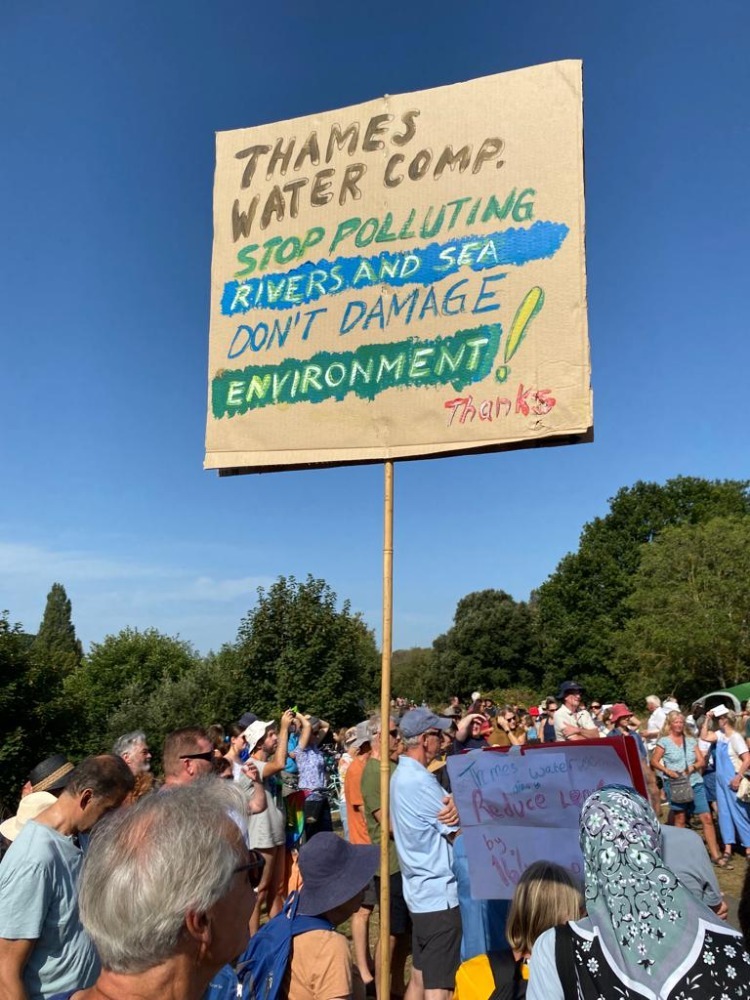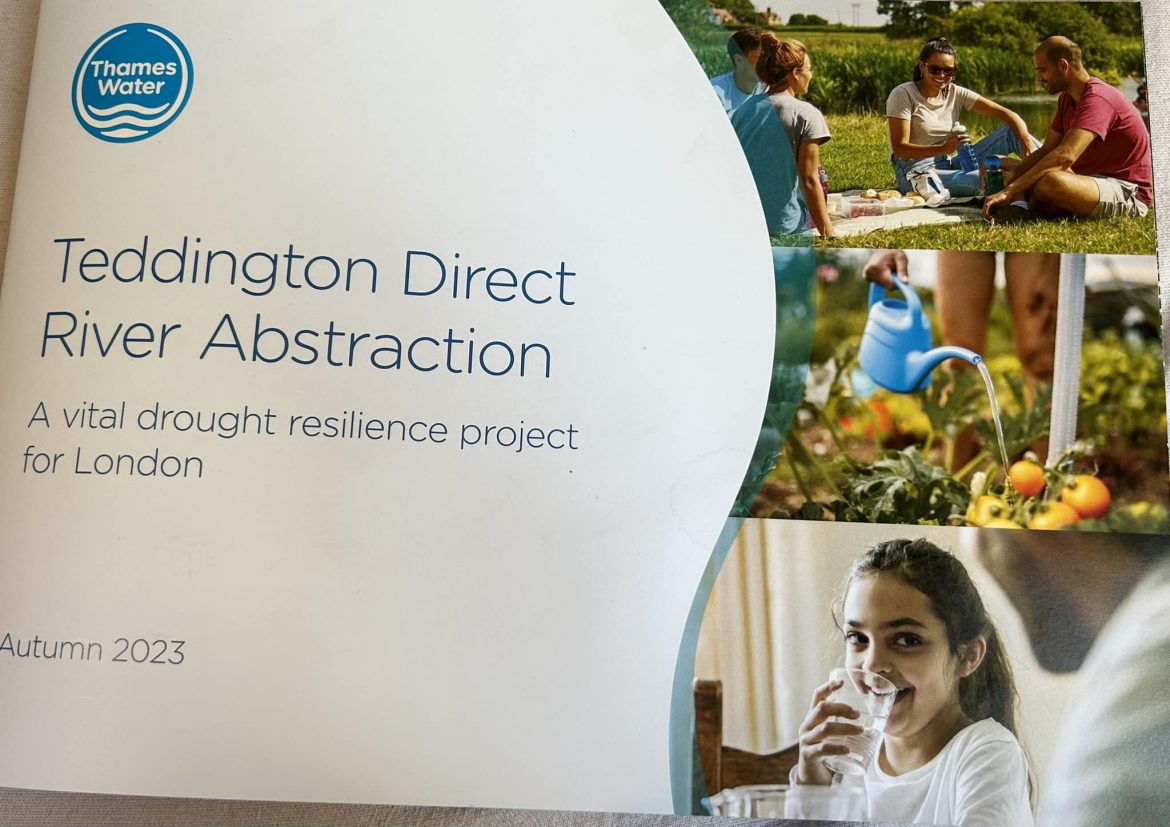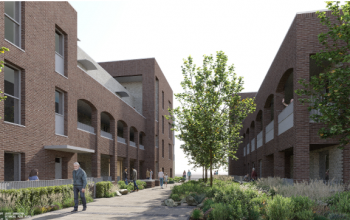Thames Water has sent out an ambiguous letter to around 2500 residents in and around Twickenham, implying that Thames Water may dig under homes in the area as part of their Teddington Direct River Abstraction (DRA) project.
The letter states that Thames Water have “identified a potential pipeline alignment which would be 20m – 30m deep, under land in which you have interest”.
The project plans to build a river abstraction shaft upstream of Teddington Weir and to replace the abstracted water with an equal amount of recycled water from new tertiary treatment facilities located in Mogden Sewage by 2033.
The vagueness of this letter has left its recipients worried and confused about whether this construction will affect their homes.
Richmond councillor, Alexander Ehmann, who was one of those who received the letter, said: “It doesn’t take a rocket scientist to realise that if you’re building a pipeline that the way that you affect people’s properties when it comes to the proposal for that is that that pipeline might run under people’s properties.
“It’s pretty clear to me given the locations they’ve got proposed for the shaft sites that if you draw pretty much a straight line from their various shaft sites, you end up with a sort of straight pipeline that runs across many of the properties that have been written to.”
After receiving the letter, Ehmann wrote back to Thames Water with concerns about his property to which they responded that “there’s some precedent in law called sub-soil rights to property”.
Sub-soil rights mean that property owners own every inch of their property’s land, including that beneath the surface.
From their response to his letter, Ehmann inferred that Thames Water argue that they have the power to cease these rights from property owners in Lebanon Park.
He believes that Thames Water have been “very unclear” about their plans and that many residents in the area will be left worried and confused about the letter.
Richmond council also opposes the Teddington DRA project and is encouraging locals to campaign against it.
Community events
To help clarify their plans with locals in the area, Thames Water have organised several community information events this month.
The first was on Friday (November 3) in York House in Twickenham.
The event was for the public to attend and ask any questions they have about Thames Water’s plans.
Several employees were on hand at the event to answer any questions the public had, and they set up a variety of boards and pamphlets with information about the project for attendees to read.
However, some residents of Lebanon Park who had received the letter felt that they were still not properly informed about how the construction shafts would impact them.
A couple who attended the event after receiving the letter said: “They’ve [Thames Water] not been transparent with us, but that’s why we’re here.
“We’re worried about the noise that construction will make, even though the plan says that Thames Water will be constructing underground, surely they must have to be overground at some point.”
The couple questioned whether Thames Water can legally dig under their houses to which they didn’t feel they were given a straight answer.
They said: “We understand the need to have drinking water, but there must be another way.”
At the event, Thames Water employees explained that their method of construction will be pipe-jacking.
Pipe-jacking is a method of construction that occurs underground and tends to create less noise and dust than other methods.
As it is carried out deep underground, potential impacts on existing infrastructure above ground can be avoided.
When asked about doing their construction under properties in Lebanon Park, a Thames Water spokesperson said: “While we are still working on the route of the pipeline it is expected that it will pass below residential properties in some locations.
“We plan to undertake ground investigations and property surveys over the next few years to provide further information which will allow us to complete more detailed assessments before making a planning application.”
They said that they would not evict people from their homes.
Wider concerns
Save Ham Land and River group, a group of residents and neighbourhood associations in North Kingston, Ham, Teddington, Twickenham, and Isleworth, also attended the event to raise their concerns.
Will Flower, a volunteer for the group, said that people are annoyed at the lack of communication from Thames Water and the fact that locals have no choice in the matter.
He said: “We want the local people to have a say as it’s not just A or B.”
Pages 27 and 28 of Thames Water’s official consultation document provide a map of potential pipelines to build their shaft.
The map suggests that they may construct through Royal Park Gate Playground in Kingston as part of their correction shaft to Lee Valley, which will include digging up areas that house protected trees and protected species like badgers.
“The whole point of this area was to create a protected space around those trees, and now Thames Water plans on digging it up,” Flower said. “Why take these spaces away from people?”

The map also shows that Moormead Park in St Margarets could also be a potential spot for Thames Water’s construction.
According to Flower, who is also the chair of the Friends of Moormead Park group, this will impact many of the locals and could destroy a newly built pavilion, which is being built to “bring people out of their homes post Covid-19”.
Flower, along with other locals, is angered by this news.
He said: “My son attends the local primary school and has PE lessons in the park. Where will he have them now if a shaft is built through it?”
Thames Water have explained that their construction shaft “is likely to measure approximately 38m long and 3 to 4m in height above normal water level. The intake structure could be partially set into the riverbank and extend into the river by up to 3m.”
According to Magnus Grimound, another volunteer for the Save Ham Land and River group and a member of the Teddington Bluetits swimming group, the depth of the construction shaft will prevent thousands of swimmers from swimming in the Thames at Teddington where the shaft might be placed.
This is one of the many reasons why the Save Ham Land and River group opposes the scheme.

Grimound said: “We don’t object to the need to improve the provision of water in London to combat drought. What we do object to is the way Thames Water wants to do it.
“The main problem with the scheme is that the plan replaces large quantities of river water with what we think is likely to be poorer-quality treated sewage. Thames Water has not shown it is possible to take out a number of very harmful chemicals, including cosmetics and contraceptives, from treated sewage.
“The planned water abstraction and sewage outfall points will be exactly where we swim. We do not want to swim in sewage, treated or otherwise.
Grimound said that he does not trust Thames Water as a company.
Save Ham Land and River group plans to hold Thames Water to account at each of their community events.
They will be promoting their petition against the Teddington DRA project petition, which already has 28,000 signatures.
Thames Water will hold another community event at the Hawker YMCA in Kingston on November 20.
Editor and reporter for the Kingston Courier





